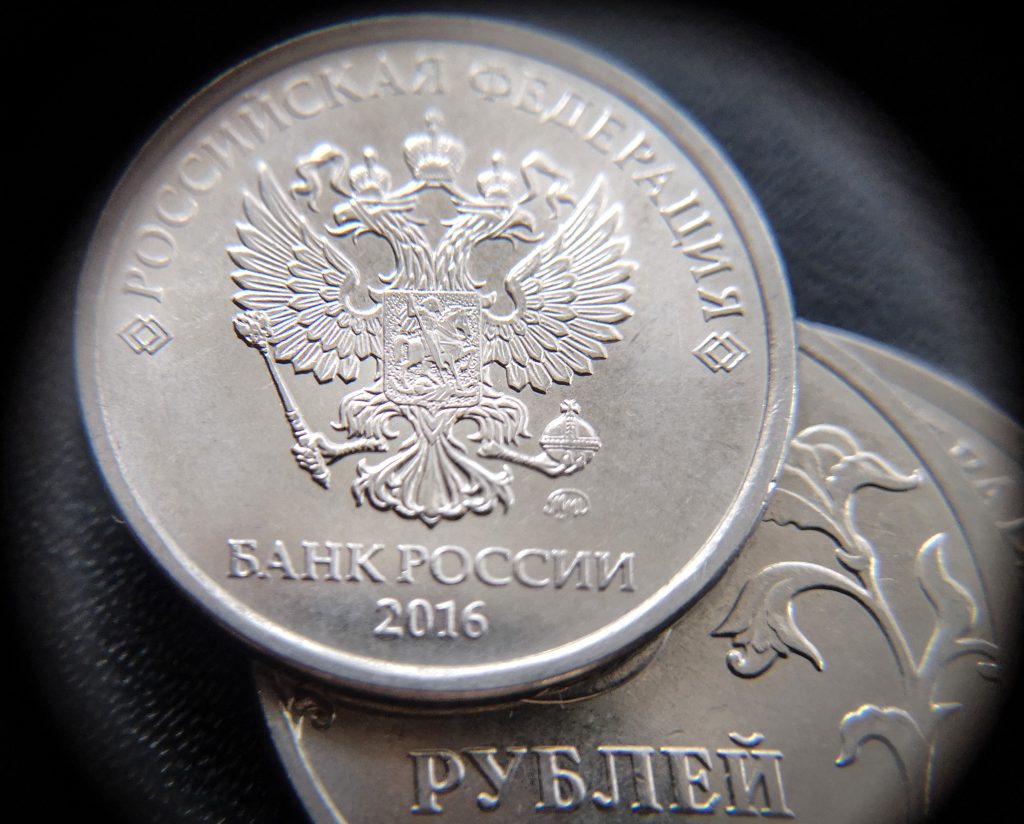Russia is currently facing economic turbulence, with inflationary pressures exacerbated by the plunging value of its currency, the ruble. The U.K. Defense Ministry has attributed the ruble’s recent decline to the latest round of U.S. Treasury sanctions, which have had a significant impact on the country’s economy. At present, one U.S. dollar is equivalent to 110 rubles, representing an improvement from the war-time low of 114 observed in November. The Russian government is exploring options such as expanding the digital ruble scheme to ease trade and mitigate the consequences of sanctions.
Vladimir Putin’s allocation of 40 percent of the Russian budget to military funding is encountering challenges due to Western-led sanctions, decreasing natural gas revenues, and inflation caused by worker shortages. The Russian ruble, valued at 110 to the U.S. dollar as of Friday, has been under pressure in recent weeks due to a “continued overheating of the Russian economy,” according to the U.K. MOD. Foreign currency inflows in Russia are being limited by falling oil prices and sanctions, contributing to the rising cost of cross-border transactions and imports, which further weaken the ruble. Despite the Central Bank of Russia’s decision to put a pause on foreign currency purchases, concerns about inflation persist.
The lack of a further increase in Russia’s key interest rate, currently at a record 21 percent, is expected to exacerbate the economic imbalances resulting from the depreciating ruble, labor shortages, and excessive government spending. The U.K. MOD noted that while Russian businesses are critical of high interest rates, inflationary pressures continue to intensify due to the ruble’s depreciation and other factors. Gazprombank, a key player in Russia’s natural gas exports, was among the 50 Russian financial institutions sanctioned by the U.S. in November, leading to a further decline in the ruble’s value.
The digital ruble pilot program, initially involving 12 financial institutions including Gazprombank, has been expanded to include major Russian banks such as Sberbank and Tinkoff Bank. The primary aim of this initiative is to simplify and regulate domestic payments among Russian residents, with potential future use in transactions with neighboring countries. However, challenges remain, including forex control regulations and the readiness of foreign businesses to adopt this new payment method. While cryptocurrencies like stablecoins are starting to gain traction in payments, the adoption of the digital ruble may progress more slowly, according to industry experts.
As Russia’s gas giant Gazprom contends with substantial revenue losses following the expiration of a natural gas transit deal with Ukraine, the country is facing further economic uncertainties linked to the ruble’s depreciation. The U.K. MOD has warned of increased volatility in the currency market, with few effective measures available to stabilize the ruble. While the Russian government could tap into its National Welfare Fund to address economic challenges, sudden fluctuations in the ruble’s value are deemed inevitable. Independent financial news sources have echoed concerns about the lack of viable solutions to address the economic turmoil in Russia, emphasizing the need for decisive action to mitigate the impact of external pressures on the country’s economy.













